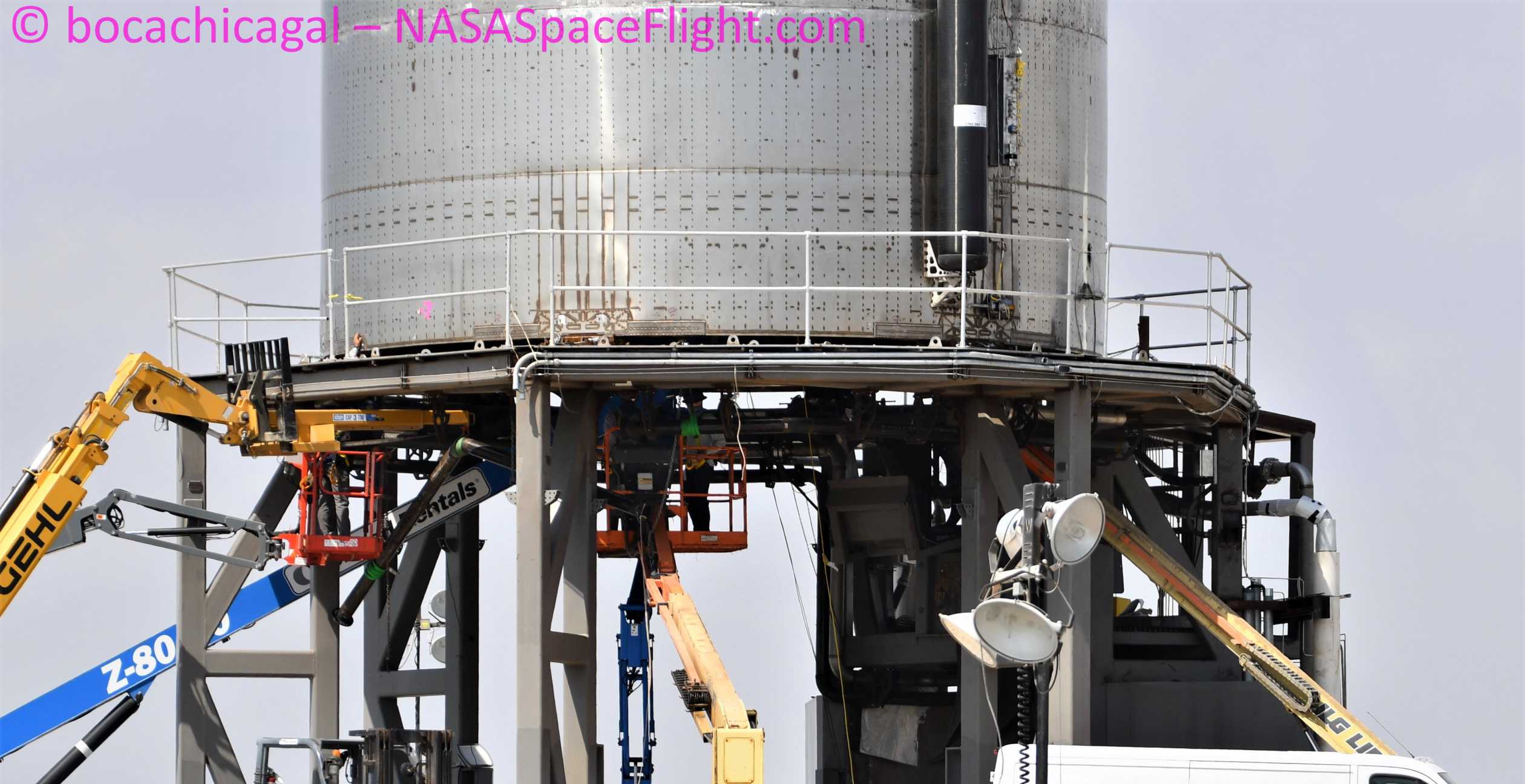
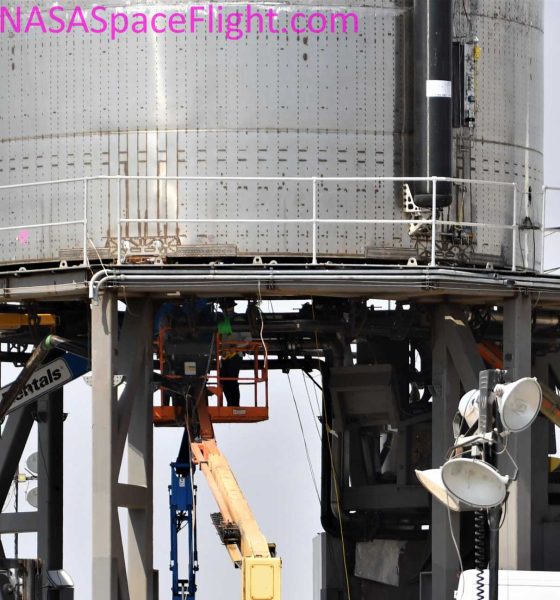
News
SpaceX’s first Starship flight (re)scheduled for next week
SpaceX’s fifth full-scale Starship prototype could become the first to take flight just a week or so from now if a Raptor engine test goes as planned early next week.
Known as Starship serial number 5 (SN5), SpaceX teams are currently in the process of completing the installation of Raptor SN27 and preparing the massive steel rocket for its first cryogenic wet dress rehearsal and static fire tests. Delayed from July 8th and 10th, Starship SN5’s first Raptor static fire is now scheduled no earlier than ~10 am CDT (~15:00 UTC) on Monday, July 13th.
If things go well during those nominally back-to-back tests, public road closure filings show that SpaceX wanted to attempt the first full-scale Starship hop just three days later, although the recent two-day delay adds a bit of uncertainty.
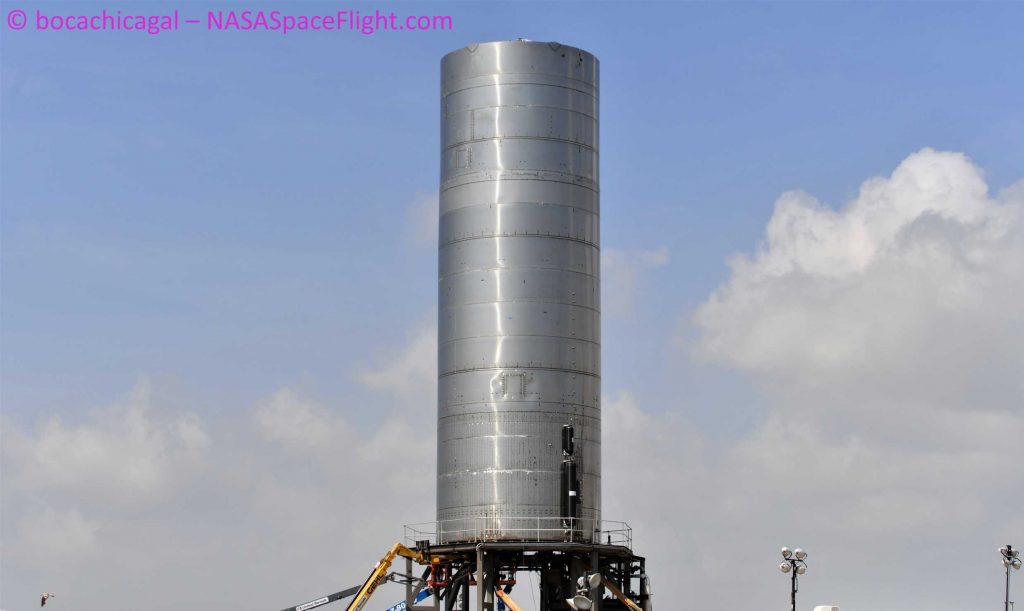
The odds are good that one or both of those test periods will slip or change in the next few days and, in fact, Starship SN5’s static fire test period was delayed two days while this article was in work. SpaceX could run into road bumps that prevent the July 10th 13th wet dress rehearsal (WDR) from smoothly transitioning into a Raptor static fire attempt and any number of additional delays could beset the actual flight test throughout the flow. Along the same lines as Starhopper, currently the only vehicle to have flown under the power of a Raptor engine, Starship’s flight computer could abort the launch at almost any point prior to liftoff, up to and including Raptor ignition.
Like Falcon 9 and Falcon Heavy, Starship (and Starhopper) will ingest and interpret hundreds or thousands of channels of telemetry to determine the health of its engines for a second or two after ignition while thrust is ramping. If the Raptor or Merlin engine(s) look healthy, the rocket commands hold-down clamp release and lifts off (or, in the case of Starhopper, uses its own immense weight to prevent liftoff until Raptor is throttled up).
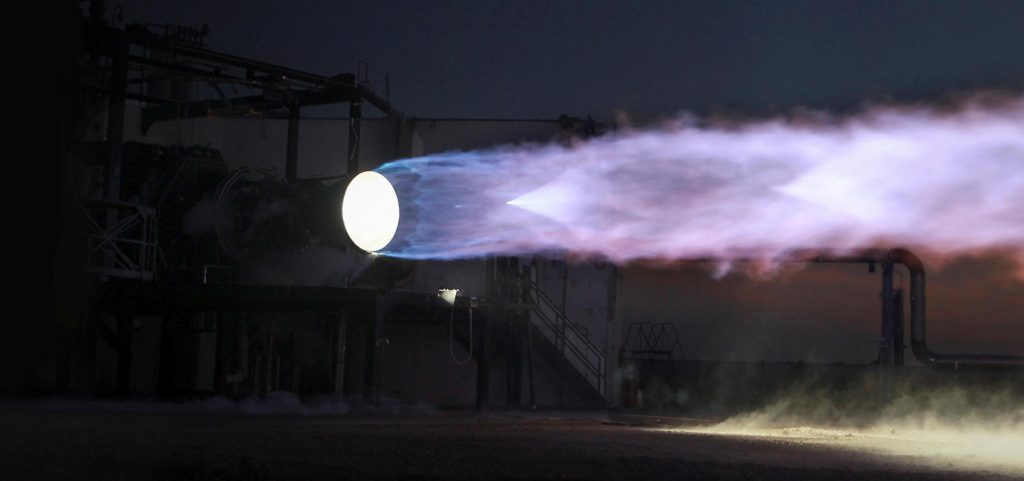
Thanks to an upgraded launch mount, SpaceX’s full-scale Starship prototypes have access to built-in hold-down clamps, enabling operations that are at least a bit more similar to those used for Falcon 9 and Heavy launches. Starship’s six hold-down clamps are affixed to the same structure that the ship’s six landing legs are installed on.
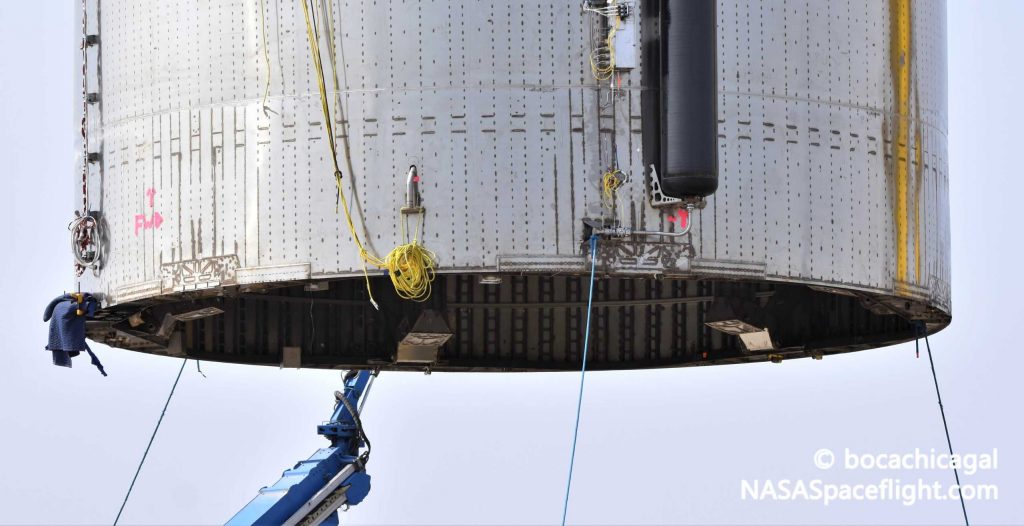
Perhaps the single biggest point of uncertainty with Starship’s first full-scale test flight is its somewhat mysterious landing legs – almost entirely different from Falcon 9’s well-proven four-leg design. The stubby Starship legs stow inside the ship’s engine section, swinging down and out (and potentially telescoping, albeit much less than Falcon 9) come touchdown. Based on photos of the legs, they may also feature rudimentary shock absorption mechanisms, meaning that Starship should be able to tolerate slightly rougher landings. SpaceX has likely tested Starship leg deployment extensively on the ground but beyond that assumption, they remain an unproven mystery.
Regardless, SpaceX is going to be extremely busy over the next 7-10 days with Starlink-9 scheduled to launch NET July 11th, Starship SN5’s static fire NET July 13th, Falcon 9’s ANASIS II launch scheduled NET July 14th, and a potential SN5 hop test attempt as early as July 16th (speculation).
Check out Teslarati’s Marketplace! We offer Tesla accessories, including for the Tesla Cybertruck and Tesla Model 3.

News
Tesla starts showing how FSD will change lives in Europe
Local officials tested the system on narrow country roads and were impressed by FSD’s smooth, human-like driving, with some calling the service a game-changer for everyday life in areas that are far from urban centers.

Tesla has launched Europe’s first public shuttle service using Full Self-Driving (Supervised) in the rural Eifelkreis Bitburg-Prüm region of Germany, demonstrating how the technology can restore independence and mobility for people who struggle with limited transport options.
Local officials tested the system on narrow country roads and were impressed by FSD’s smooth, human-like driving, with some calling the service a game-changer for everyday life in areas that are far from urban centers.
Officials see real impact on rural residents
Arzfeld Mayor Johannes Kuhl and District Administrator Andreas Kruppert personally tested the Tesla shuttle service. This allowed them to see just how well FSD navigated winding lanes and rural roads confidently. Kruppert said, “Autonomous driving sounds like science fiction to many, but we simply see here that it works totally well in rural regions too.” Kuhl, for his part, also noted that FSD “feels like a very experienced driver.”
The pilot complements the area’s “Citizen Bus” program, which provides on-demand rides for elderly residents who can no longer drive themselves. Tesla Europe shared a video of a demonstration of the service, highlighting how FSD gives people their freedom back, even in places where public transport is not as prevalent.
What the Ministry for Economic Affairs and Transport says
Rhineland-Palatinate’s Minister Daniela Schmitt supported the project, praising the collaboration that made this “first of its kind in Europe” possible. As per the ministry, the rural rollout for the service shows FSD’s potential beyond major cities, and it delivers tangible benefits like grocery runs, doctor visits, and social connections for isolated residents.
“Reliable and flexible mobility is especially vital in rural areas. With the launch of a shuttle service using self-driving vehicles (FSD supervised) by Tesla in the Eifelkreis Bitburg-Prüm, an innovative pilot project is now getting underway that complements local community bus services. It is the first project of its kind in Europe.
“The result is a real gain for rural mobility: greater accessibility, more flexibility and tangible benefits for everyday life. A strong signal for innovation, cooperation and future-oriented mobility beyond urban centers,” the ministry wrote in a LinkedIn post.
News
Tesla China quietly posts Robotaxi-related job listing
Tesla China is currently seeking a Low Voltage Electrical Engineer to work on circuit board design for the company’s autonomous vehicles.

Tesla has posted a new job listing in Shanghai explicitly tied to its Robotaxi program, fueling speculation that the company is preparing to launch its dedicated autonomous ride-hailing service in China.
As noted in the listing, Tesla China is currently seeking a Low Voltage Electrical Engineer to work on circuit board design for the company’s autonomous vehicles.
Robotaxi-specific role
The listing, which was shared on social media platform X by industry watcher @tslaming, suggested that Tesla China is looking to fill the role urgently. The job listing itself specifically mentions that the person hired for the role will be working on the Low Voltage Hardware team, which would design the circuit boards that would serve as the nervous system of the Robotaxi.
Key tasks for the role, as indicated in the job listing, include collaboration with PCB layout, firmware, mechanical, program management, and validation teams, among other responsibilities. The role is based in Shanghai.
China Robotaxi launch
China represents a massive potential market for robotaxis, with its dense urban centers and supportive policies in select cities. Tesla has limited permission to roll out FSD in the country, though despite this, its vehicles have been hailed as among the best in the market when it comes to autonomous features. So far, at least, it appears that China supports Tesla’s FSD and Robotaxi rollout.
This was hinted at in November, when Tesla brought the Cybercab to the 8th China International Import Expo (CIIE) in Shanghai, marking the first time that the autonomous two-seater was brought to the Asia-Pacific region. The vehicle, despite not having a release date in China, received a significant amount of interest among the event’s attendees.
Elon Musk
Elon Musk and Tesla AI Director share insights after empty driver seat Robotaxi rides
The executives’ unoccupied tests hint at the rapid progress of Tesla’s unsupervised Robotaxi efforts.

Tesla CEO Elon Musk and AI Director Ashok Elluswamy celebrated Christmas Eve by sharing personal experiences with Robotaxi vehicles that had no safety monitor or occupant in the driver’s seat. Musk described the system’s “perfect driving” around Austin, while Elluswamy posted video from the back seat, calling it “an amazing experience.”
The executives’ unoccupied tests hint at the rapid progress of Tesla’s unsupervised Robotaxi efforts.
Elon and Ashok’s firsthand Robotaxi insights
Prior to Musk and the Tesla AI Director’s posts, sightings of unmanned Teslas navigating public roads were widely shared on social media. One such vehicle was spotted in Austin, Texas, which Elon Musk acknowleged by stating that “Testing is underway with no occupants in the car.”
Based on his Christmas Eve post, Musk seemed to have tested an unmanned Tesla himself. “A Tesla with no safety monitor in the car and me sitting in the passenger seat took me all around Austin on Sunday with perfect driving,” Musk wrote in his post.
Elluswamy responded with a 2-minute video showing himself in the rear of an unmanned Tesla. The video featured the vehicle’s empty front seats, as well as its smooth handling through real-world traffic. He captioned his video with the words, “It’s an amazing experience!”
Towards Unsupervised operations
During an xAI Hackathon earlier this month, Elon Musk mentioned that Tesla owed be removing Safety Monitors from its Robotaxis in Austin in just three weeks. “Unsupervised is pretty much solved at this point. So there will be Tesla Robotaxis operating in Austin with no one in them. Not even anyone in the passenger seat in about three weeks,” he said. Musk echoed similar estimates at the 2025 Annual Shareholder Meeting and the Q3 2025 earnings call.
Considering the insights that were posted Musk and Elluswamy, it does appear that Tesla is working hard towards operating its Robotaxis with no safety monitors. This is quite impressive considering that the service was launched just earlier this year.








